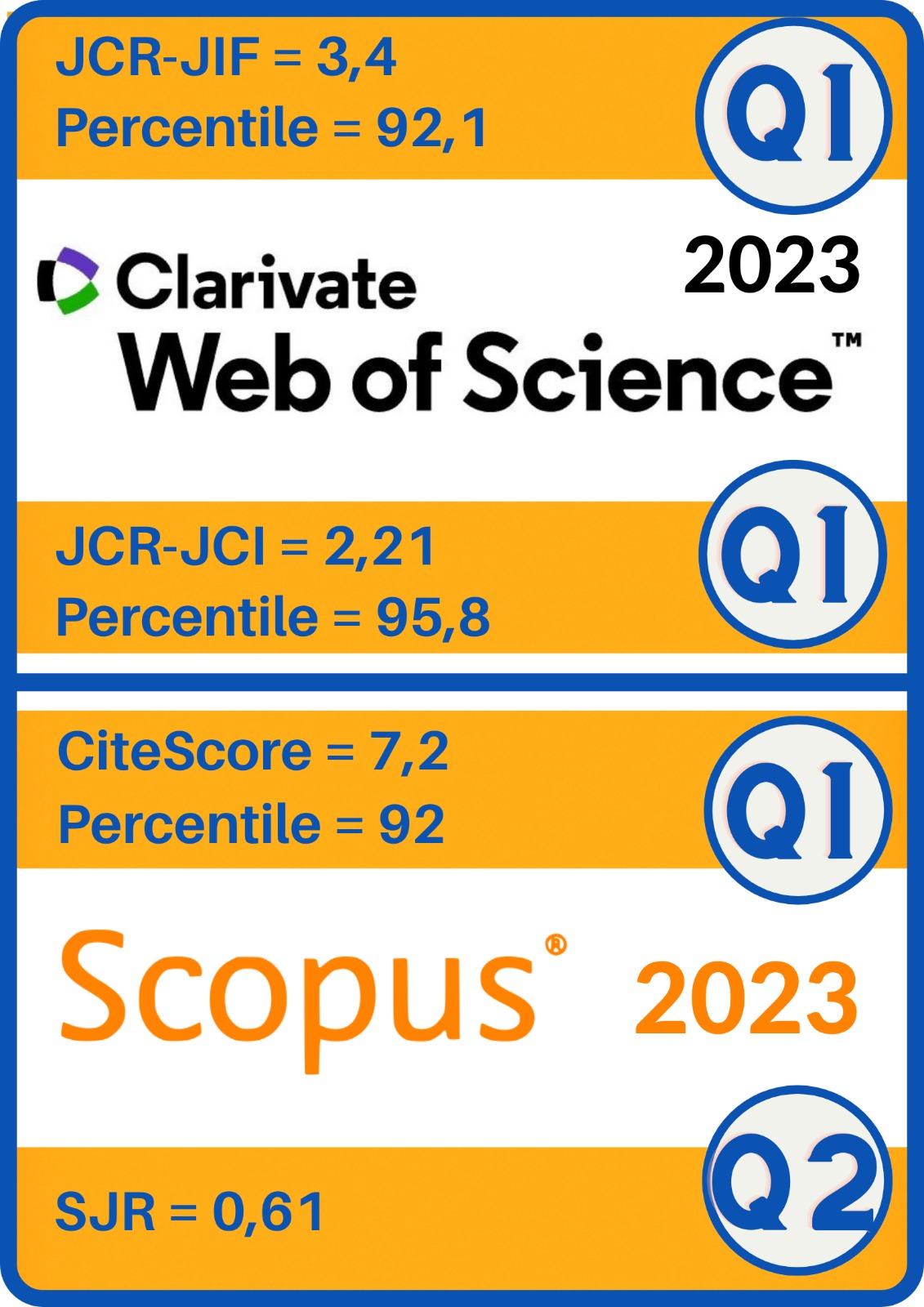Dialogue and perceived learning in students of virtual mode: qualitative approach in a university program of Costa Rica
DOI:
https://doi.org/10.5944/ried.18.1.13807Keywords:
Distance education, electronic learning, online courses, virtual classrooms, dialogue, Costa Rica.Abstract
It was performed a qualitative exploratory study about the perception of a group of 50 postgraduate students of a costa rican university, concerning to the intensity of the dialogue that is established in virtual courses between teachers and students, and between the students themselves, in comparison with their experience in classroom courses. Based on the analysis performed using a software for processing the qualitative data, it was observed that both types of dialogue have a relationship with the learning level perceived by the students in virtual mode. The teacher role and the autonomy of students are important factors that should be studied more deeply.
Downloads
References
Arroyo Arrayás, L. M. (2007). La antropología dialógica en la historia de la filosofía. Themata, Revista de Filosofía, 39, 301- 307.
Barberá, M., Clará, M., y Linder-Vanberschot, J. A. (2013). Factors influencing student satisfaction and perceived learning in online courses. E-learning and Digital Media, 10(3), 226-335.
García Aretio, L. (2008). Diálogo didáctico mediado. Editorial del Boletín Electrónico de Educación a Distancia (BENED), junio. Madrid, España: Cátedra UNESCO de Educación a Distancia.
Gardner, H., y Mansilla, V. (1994). Teaching for understanding in the disciplines–and beyond. Teachers College Record, 96(2), 198-218.
Garrison, D. R. (2007). Online community of inquiry review: Social, cognitive, and teaching presence issues. Journal of Asynchronous Learning Networks, 11(1), 61-72.
Garrison, D. R., Anderson, T., y Archer, W. (2000). Critical inquiry in a text-based environment: Computer conferencing in higher education. The Internet and Higher Education, 2(2-3), 87-105.
Hernández Pereira, R. (2005). Estado del arte: Educación virtual en la educación superior en Costa Rica. En M. Otoya, y L. Vargas (Eds.), Aprendizaje virtual y desarrollo sostenible: El rol de las universidades (pp. 29-40). Heredia, Costa Rica: Consorcio ELAC de la Unión Europea y Editorial Universidad Nacional (UNA).
Lederman, D. (2013). American adults see online courses as at least equivalent in most ways. Inside Higher Ed, 15 de octubre. Recuperado de http://www. insidehighered.com/news/2013/10/15/ american-adults-see-online-coursesleast-equivalent-most-ways
Moore, M. G. (1993). Theory of transactional distance. En D. Keegan (Ed.), Theoretical principles of distance education (pp. 22- 38). Londres, Inglaterra: Routledge.
Perkins, D. N., y Blythe, T. (1994). Putting understanding up front. Educational Leadership, 51(2), 4-7. Russell, T. L. (1999). The no significant difference phenomenon. Raleigh, North Carolina, EE.UU: North Carolina State University Press.
Salgado, E. (2012). Enseñanza para la comprensión en la educación superior: la experiencia de una universidad costarricense. Revista Iberoamericana de Educación Superior, III(8), 34-50.
Smith Jaggars, S., y Bailey, T. (2010). Effectiveness of fully online courses for college students: Response to a Department of Education metaanalysis. New York: Community College Research Center, Teachers College, Columbia University. Recuperado de: http://ccrc.tc.columbia.edu/ publications/effectiveness-fully-onlinecourses.html
Stone-Wiske, M. (1998). Teaching for understanding: Linking research with practice. San Francisco, California: Jossey-Bass.
Thomas, D. R. (2006). A general inductive approach for analyzing qualitative evaluation data. American Journal of Evaluation, 27(2), 237-246.
Zhao, Y., Lei, J., Yan, B., Lai, C., y Hueyshan, S.T. (2005). What makes the difference? A practical analysis of research on the effectiveness of distance education. Teachers College Record, 107(8),1836- 1884.
Downloads
Published
How to Cite
Issue
Section
License
The articles that are published in this journal are subject to the following terms:
1. The authors grant the exploitation rights of the work accepted for publication to RIED, guarantee to the journal the right to be the first publication of research understaken and permit the journal to distribute the work published under the license indicated in point 2.
2. The articles are published in the electronic edition of the journal under a Creative Commons Attribution 4.0 International (CC BY 4.0) license. You can copy and redistribute the material in any medium or format, adapt, remix, transform, and build upon the material for any purpose, even commercially. You must give appropriate credit, provide a link to the license, and indicate if changes were made. You may do so in any reasonable manner, but not in any way that suggests the licensor endorses you or your use.
3. Conditions for self-archiving. Authors are encouraged to disseminate electronically the OnlineFirst version (assessed version and accepted for publication) of its articles before publication, always with reference to its publication by RIED, favoring its circulation and dissemination earlier and with this a possible increase in its citation and reach among the academic community.








